Over the years, people with visual impairment have often been viewed as weak and unable to be independent. Despite advances in technology that have enabled more independence, there remains a disparity in the educational opportunities available to people who are visually impaired.
The education of visually impaired children relies heavily on the development of specialized strategies to provide access to learning materials and avenues of communication. Depending on the severity of the student’s impairment, educators must tailor educational strategies to their individual needs. For students with a complete loss of vision, Braille and tactile images can be used for educational access. Students with low vision can enjoy the same access to materials through large text, hard copies of materials, and special reading aids.
In order to adequately provide students with access to materials, educators should also be familiar with the range of adapted technologies available. Computer-aided writing, talking computers, and tactile images can be used to increase the availability of knowledge and resources. These strategies enhance education by providing in-depth access to intellectual stimulation.
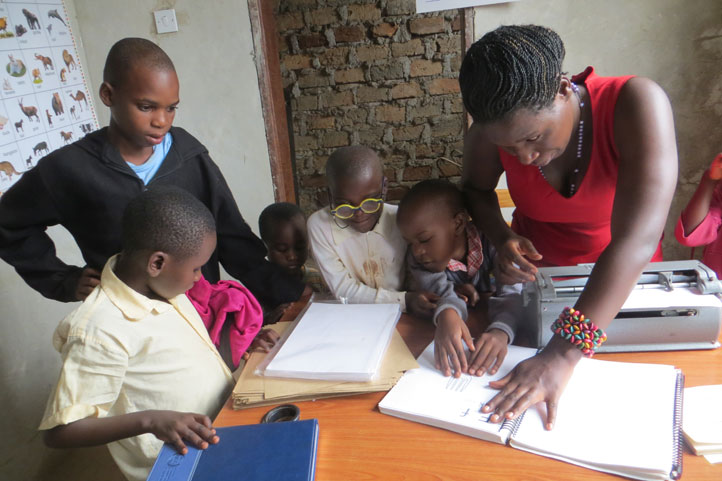
To ensure appropriate access to the information they are receiving, instructors must also be familiar with other techniques used to facilitate communication with visually impaired children. Services such as Braille readers, audiobook recordings, and tactile images can be used to provide access to a wide range of resources. The more versatile the communication options are, the more successful these students will be in understanding the information they are being taught.
Teachers must also take into account the cognitive objectives of educating visually impaired children. Specially-tailored executive functioning skills that are individualized to the needs of each student can provide them with the ability to independently access and comprehend information. Educators should also create an environment in which the student feels comfortable and can learn in a worry-free manner.
Ultimately, the education of children with visual impairments places the responsibility of their learning in their hands. Proper training, support, and guidance are necessary for the student to succeed both in and out of the classroom. However, with the right selection of technologies and communication strategies, students can enjoy the same level of educational success as their sighted peers. When educators recognize the potential that visually impaired students possess, these young minds can receive the same quality of education as their peers, regardless of their visual impairment.
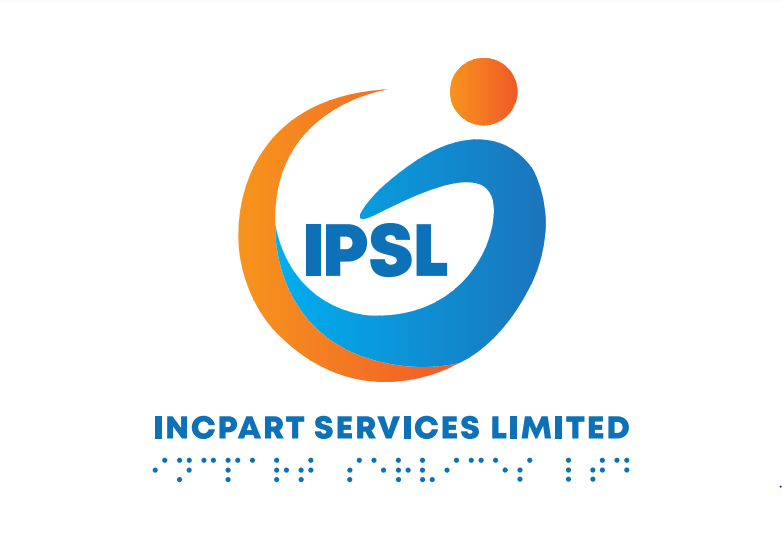
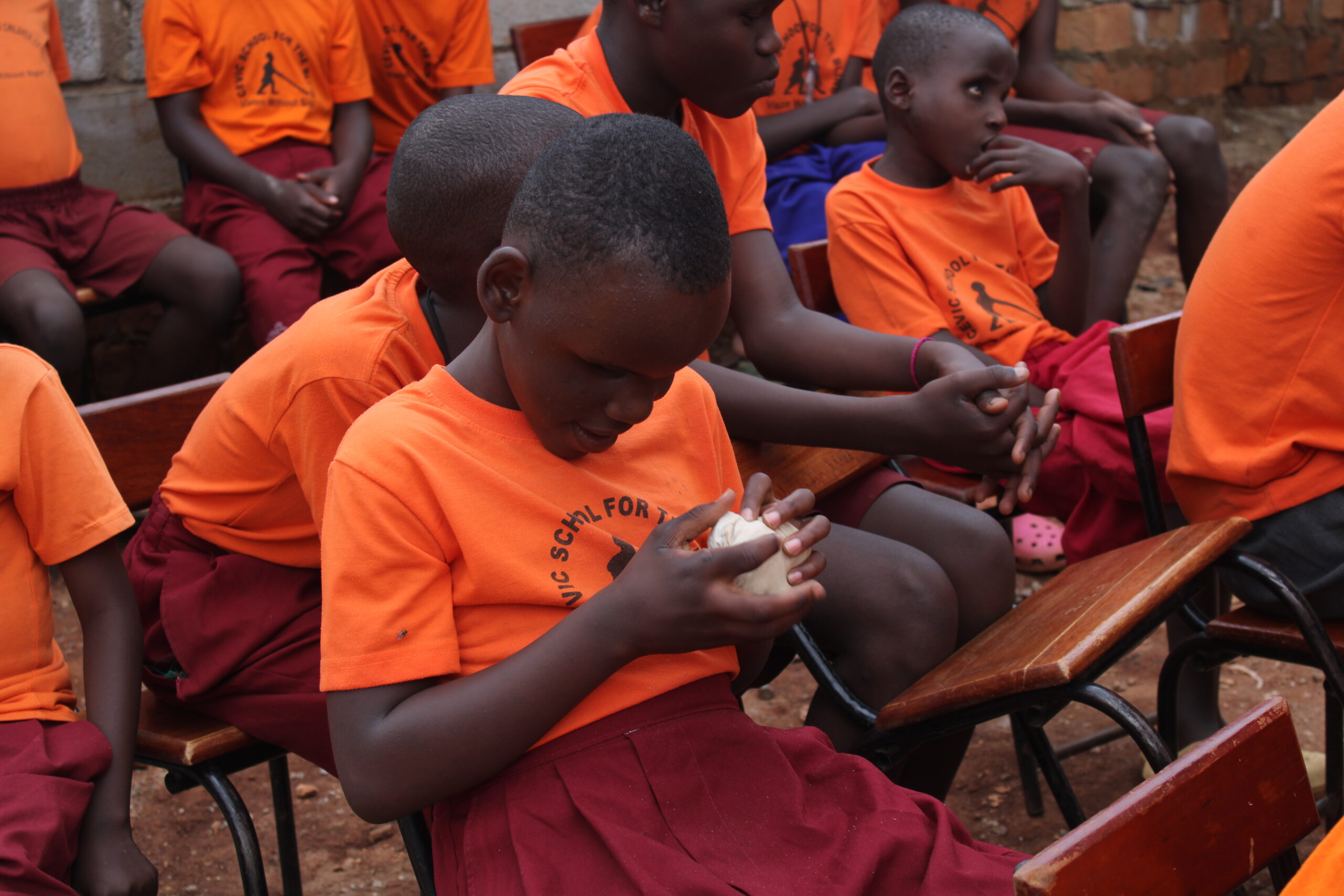

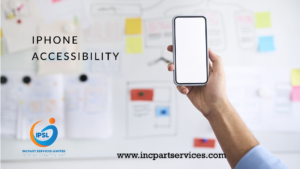
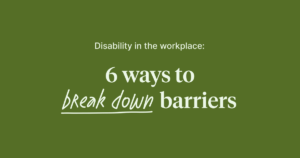
I was very pleased to uncover this web site. I want to to thank you for your time due to this fantastic read!! I definitely appreciated every bit of it and I have you bookmarked to look at new things on your website.
You have observed very interesting details ! ps nice internet site.
Great wordpress blog here.. It’s hard to find quality writing like yours these days. I really appreciate people like you! take care
Wow ,thank you for appreciating